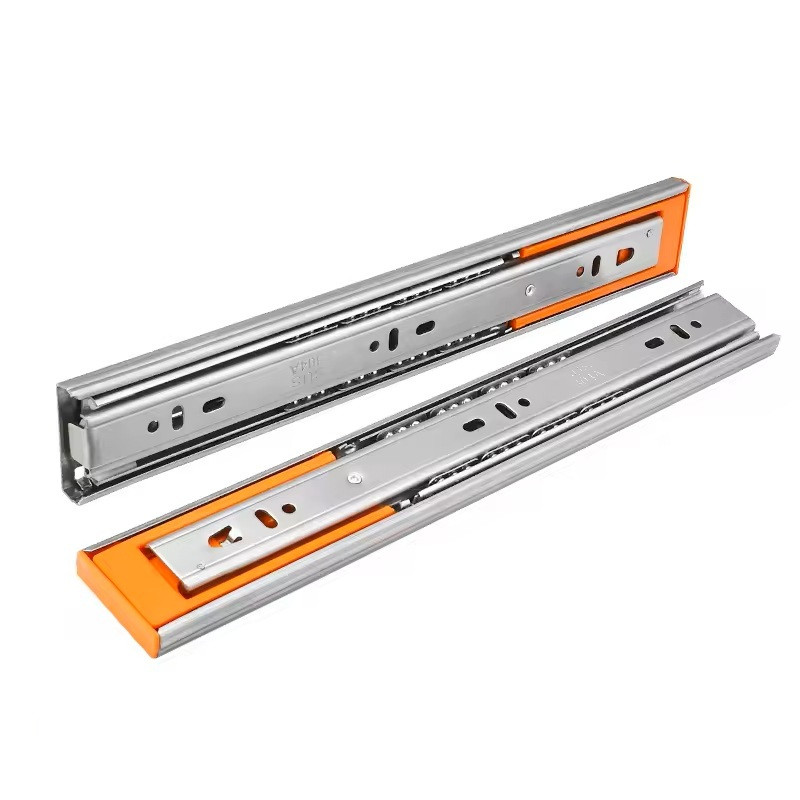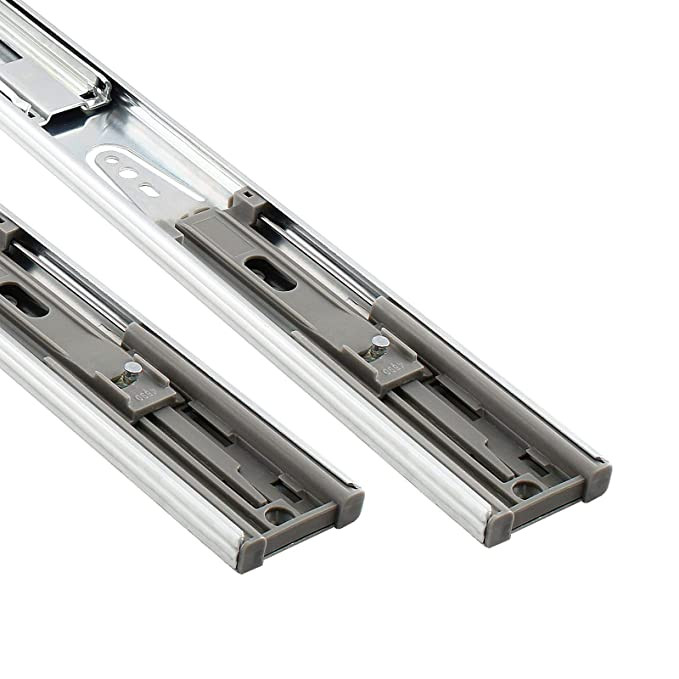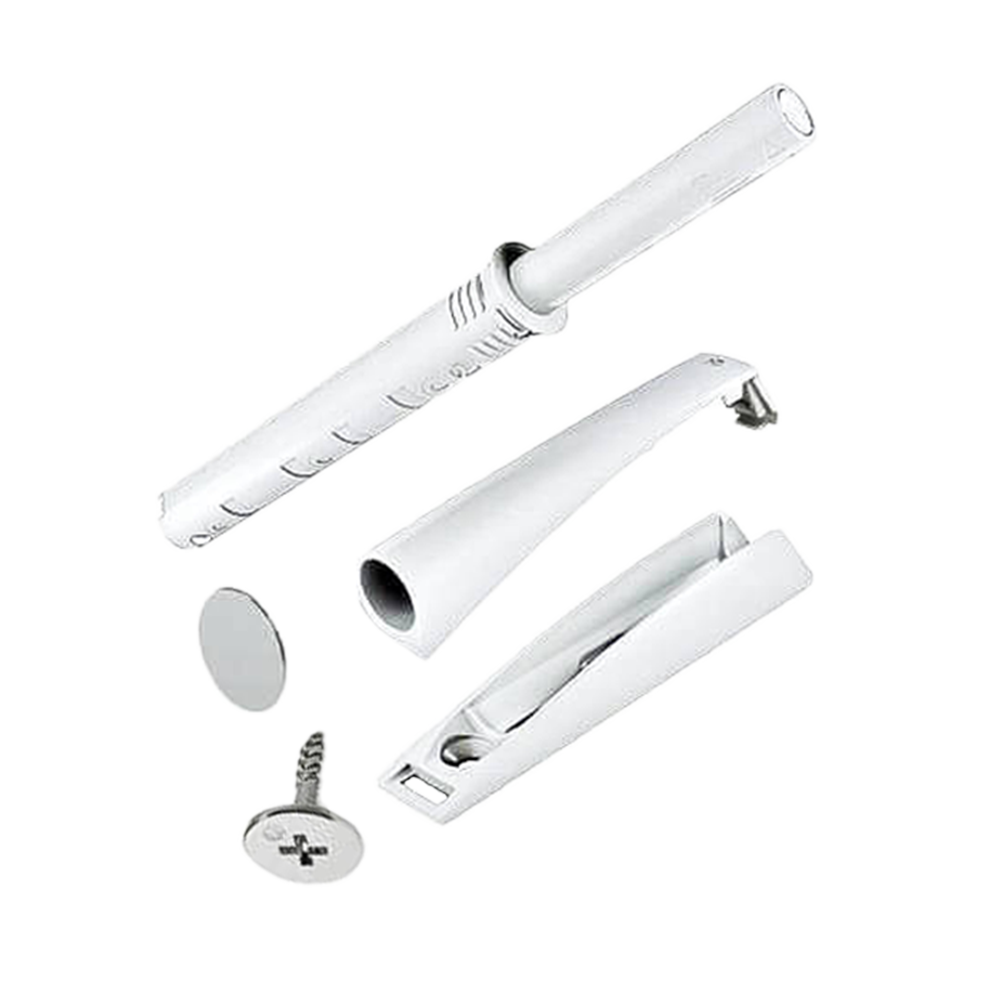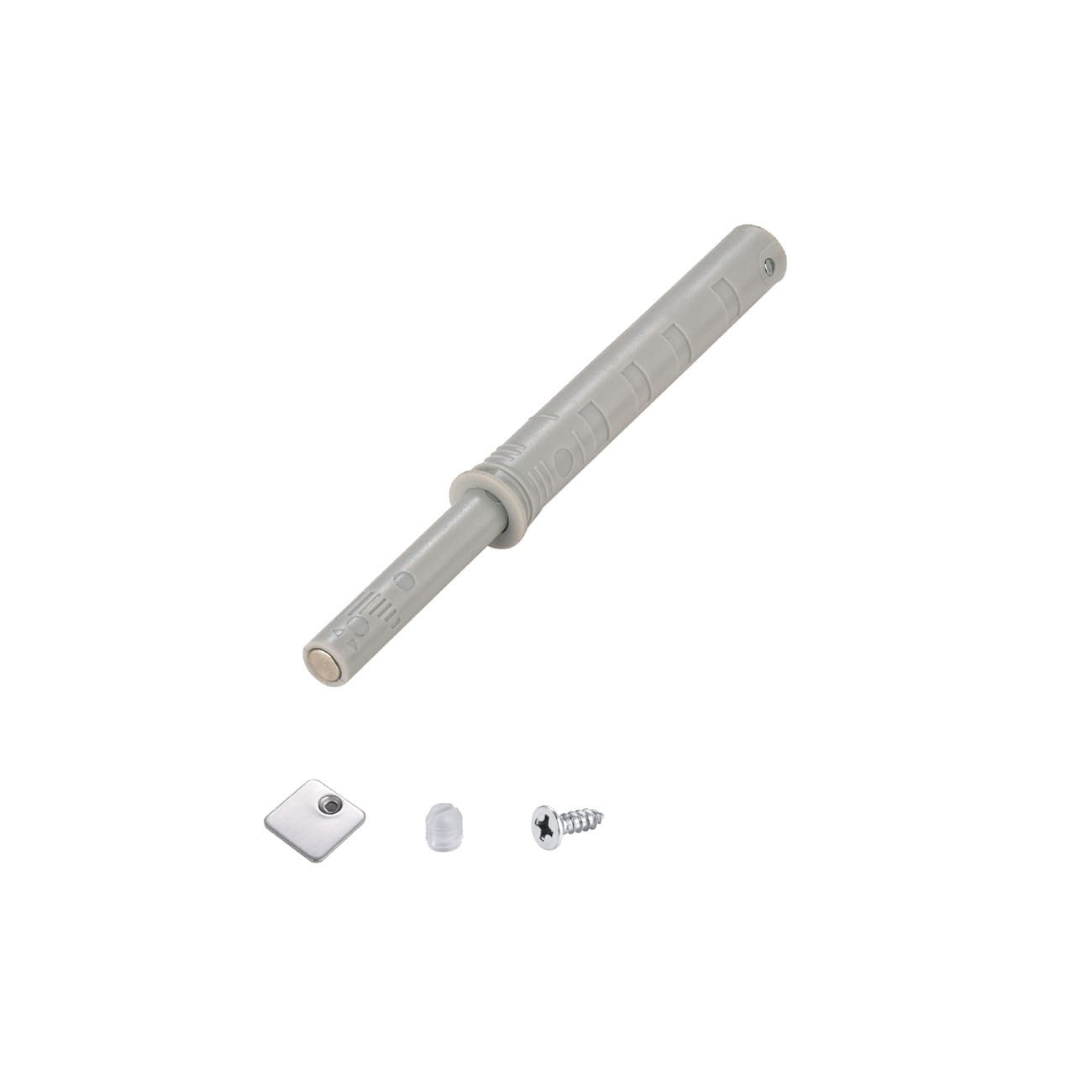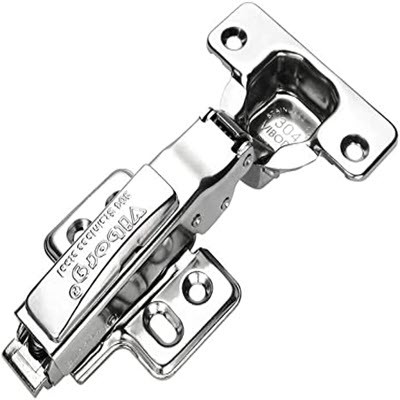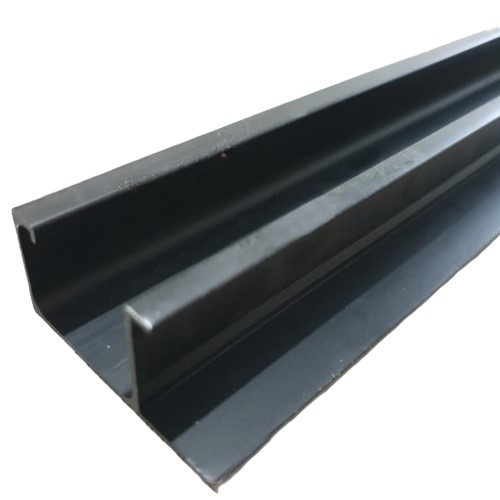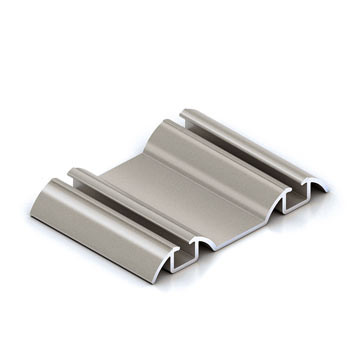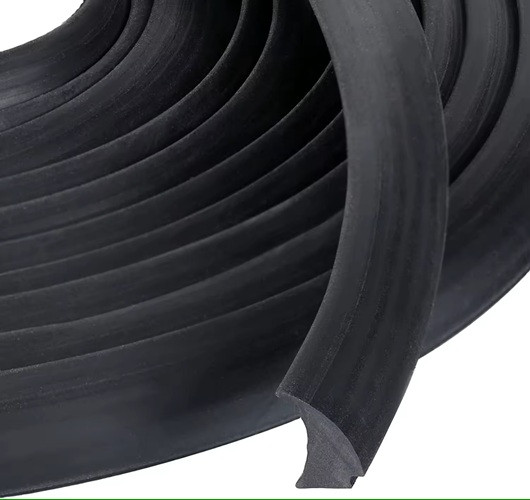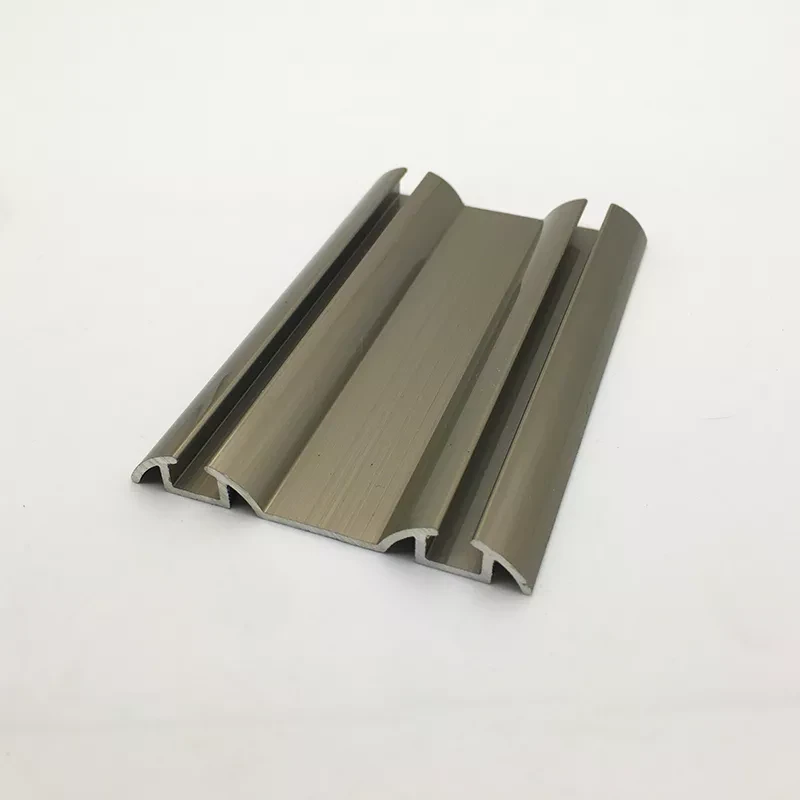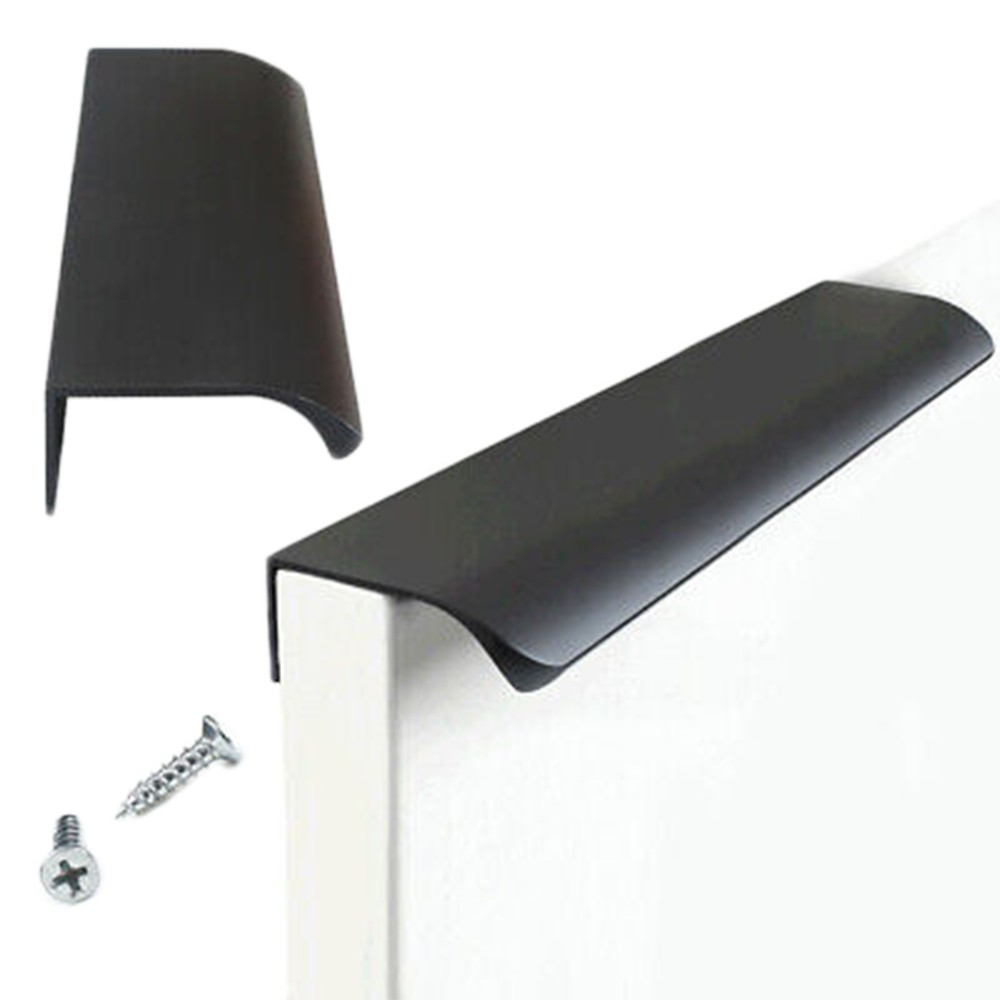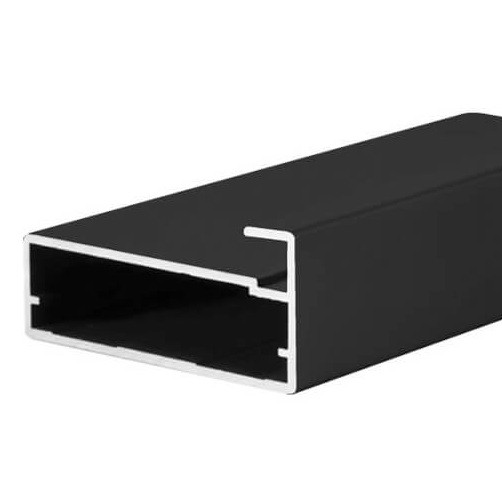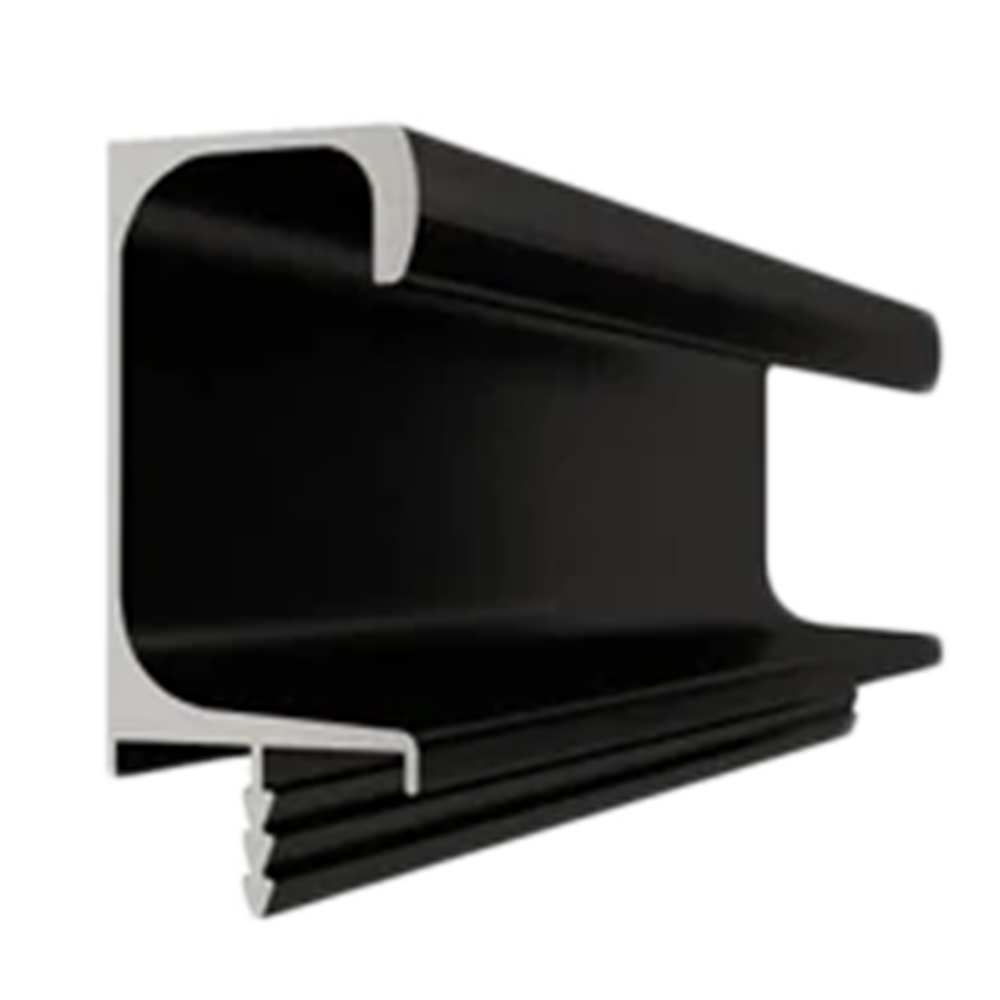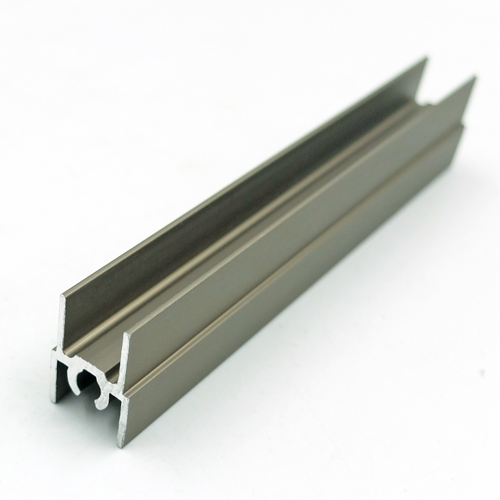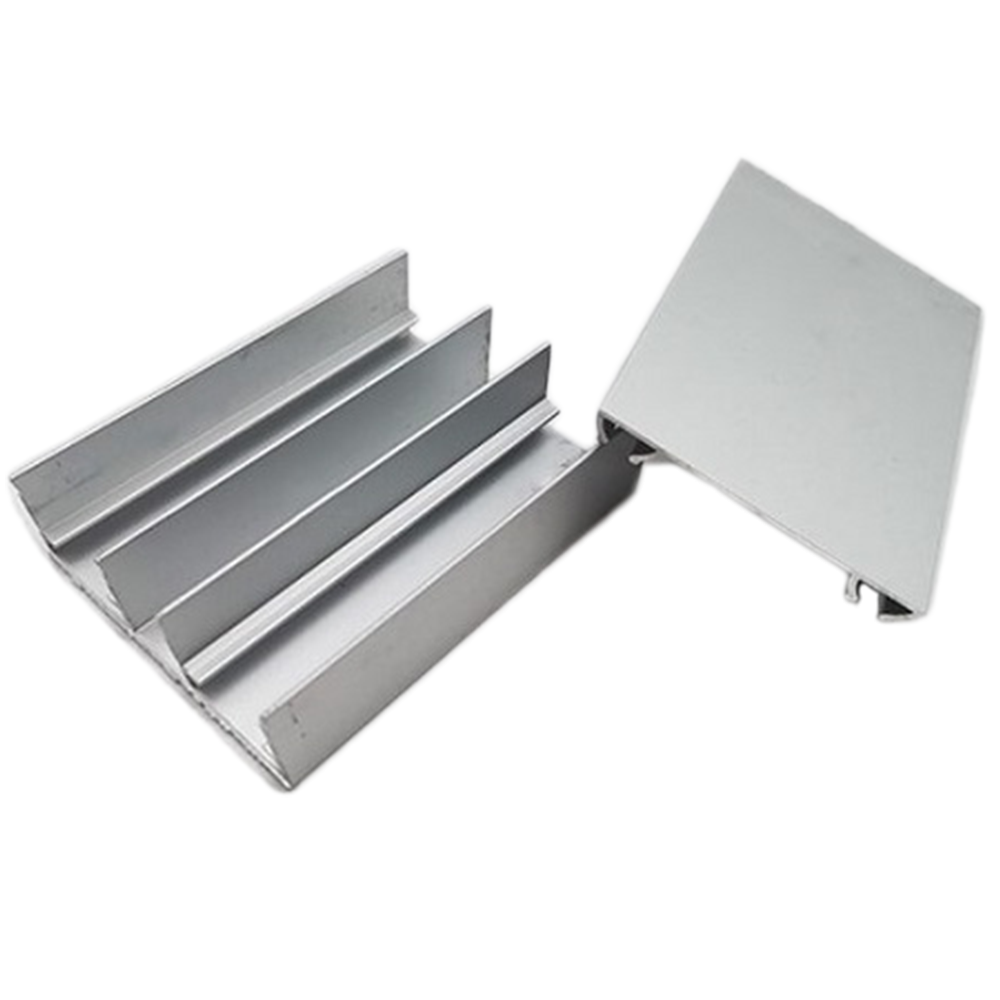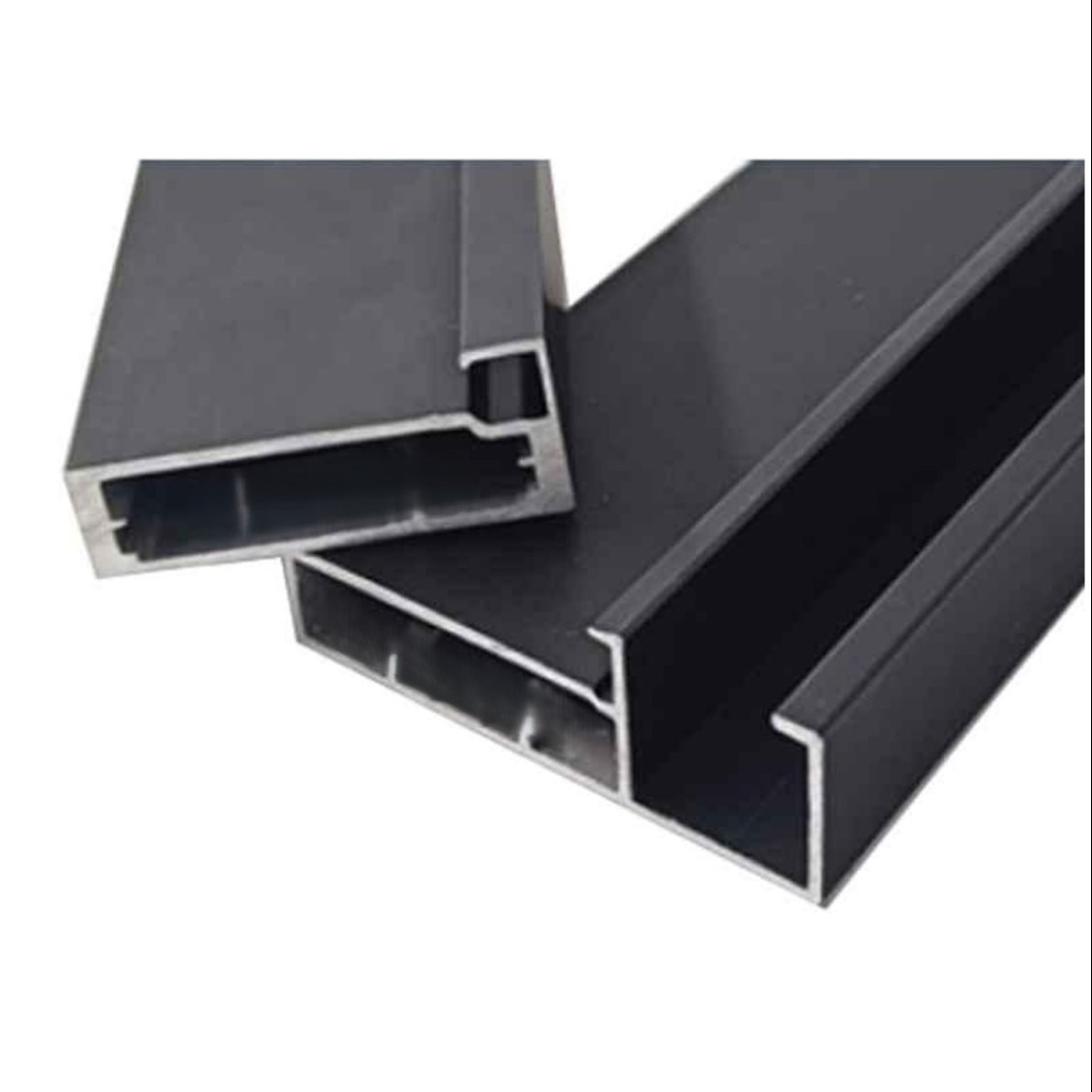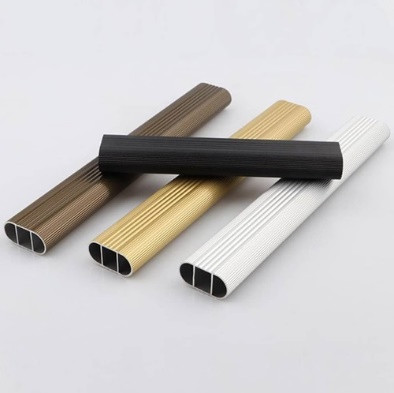

Clothes Hanging Rods
-
﷼15.53
﷼17.25 - ﷼20.70 -
﷼10.35
-
﷼3.00
﷼3.16 -
﷼2.59
﷼2.88 -
﷼1.47
﷼1.73 -
﷼10.35
Reviews & Ratings
Clothes hanging rods are an essential element in any wardrobe, closet, or even as open storage solutions in rooms. They play a vital role in organizing clothes, preventing wrinkles, and facilitating access.
Types of Clothes Hanging Rods:
Clothes hanging rods vary in material, shape, and installation method to suit different needs and tastes:
1. By Material:
Aluminum Rods:
Advantages: Lightweight, rust-resistant, available in elegant finishes (such as polished or matte), and can be easily integrated with lighting (as in "Light Hanging Rod").
Uses: Ideal for modern closets, dressing rooms, and spaces requiring a contemporary look.
Stainless Steel Rods:
Advantages: Very strong, durable, rust- and corrosion-resistant, and can withstand heavy loads. They give an industrial or modern look.
Uses: Suitable for large closets, laundry rooms, commercial spaces, or any space requiring heavy loads.
Nickel Pipes:
Advantages: Combines the strength of metal with a shiny, elegant appearance. Rust-resistant.
Uses: Adds a touch of luxury to closets and dressing rooms.
Iron Pipes (Painted or Galvanized):
Advantages: Strong, durable, and can be affordable. Painting or galvanizing increases their resistance to rust.
Uses: For traditional closets, industrial furniture, or areas that don't require a high-gloss appearance.
Reinforced Plastic Pipes (less common for hanging heavy clothing):
Advantages: Lightweight, economical, and moisture-resistant.
Uses: Often used in temporary or lightweight clothing racks, or within plastic units.
2. By Shape:
Round Pipes:
Uses: The most common and practical shape for most hangers.
Oval or Rectangular Pipes:
Advantages: May provide a wider hanger surface for better weight distribution, or add a different design touch.
Specially shaped rails (such as those integrated into pull-out systems):
Uses: Used as part of advanced closet accessories (such as trouser hangers or pull-out baskets).
3. Based on installation method and additional features:
Fixed hanging rails:
Most commonly, they are mounted on the sides of the closet or between two panels using custom brackets.
Illuminated hanging rails:
LED lighting is integrated into the rail to directly illuminate clothes, facilitating visibility and adding a modern touch (as in "3-meter illuminated hanging rail").
Retractable hanging rails:
Attached to pull-out rods, the rail can be pulled out of the closet for easy access to clothes, then pushed back in (as in "One-sided trouser hanger accessory | Top zipper").
Hydraulic hanging rails:
Used for high spaces in closets, the rail can be lowered hydraulically to access clothes and then raised again (as in "Hydraulic clothes hanger accessory").
Round (top-mounted) clothes rails:
Attached to the ceiling or top of a closet, they provide a space-saving solution, especially for pants or lightweight clothing. They can also be swiveled (as in "Circular Ceiling Clothes Hanger" and "Circular Pants Hanger | Top-mounted").
Wall-mounted clothes rails:
Attached directly to the wall, they are often used in laundry rooms, entryways, or as modern open storage solutions.
How to Choose the Right Clothes Rails:
When choosing clothes rails, several factors should be considered:
Available space: Is it inside a closed closet, an open dressing room, or a wall-mounted solution?
Type and weight of clothing: If you're hanging heavy clothing (such as winter coats), you'll need a sturdy, thick steel or aluminum rail.
Quantity of clothing: To determine the length and number of rails required.
Budget: Prices vary depending on the material and additional features.
Interior design: Choose a material and style that complements the decor of your closet or room.
Ease of Access: Do you need a retractable, hydraulic, or fixed rod?
Additional Features: Do you need built-in lighting or a rotating feature?
Overall, clothes rails are an essential investment in organizing your home, and choosing the right type ensures style, efficiency, and durability for years to come.
Frequently Bought Products
G-shaped section cladding 3m
قطاع المنيوم سكـه سفلية
Black rubber glass 6mm
Aluminum rotating handle
Aluminum section hinged door without handle
Aluminum handle, letter G, 3m
Wooden wardrobe rail set
قطاع مفصلى عريض بمقبض طول 5.80م
Product Queries (0)
Login Or Registerto submit your questions to seller
Other Questions
No none asked to seller yet
-
﷼15.53
﷼17.25 - ﷼20.70 -
﷼10.35
-
﷼3.00
﷼3.16 -
﷼2.59
﷼2.88 -
﷼1.47
﷼1.73 -
﷼10.35



